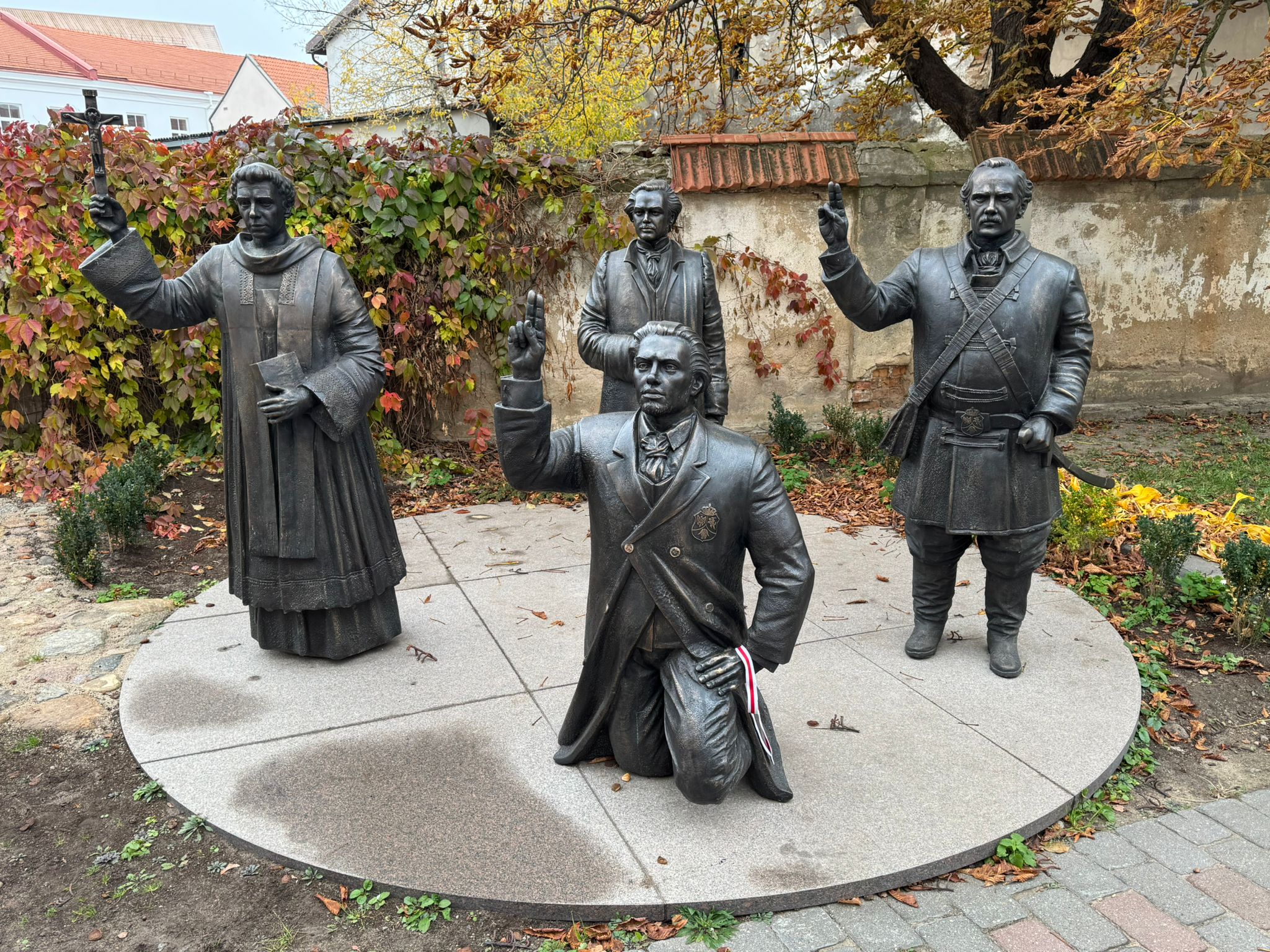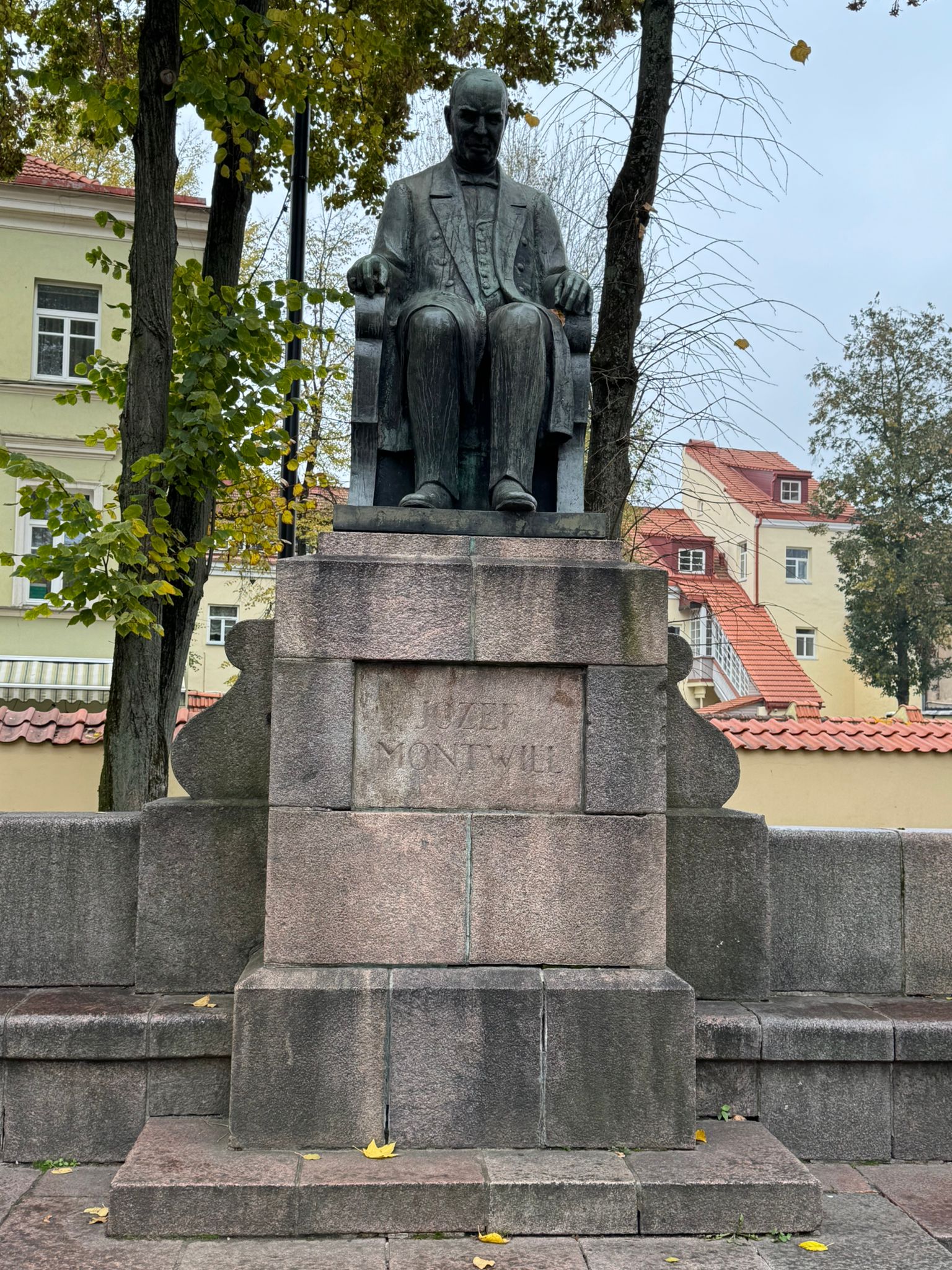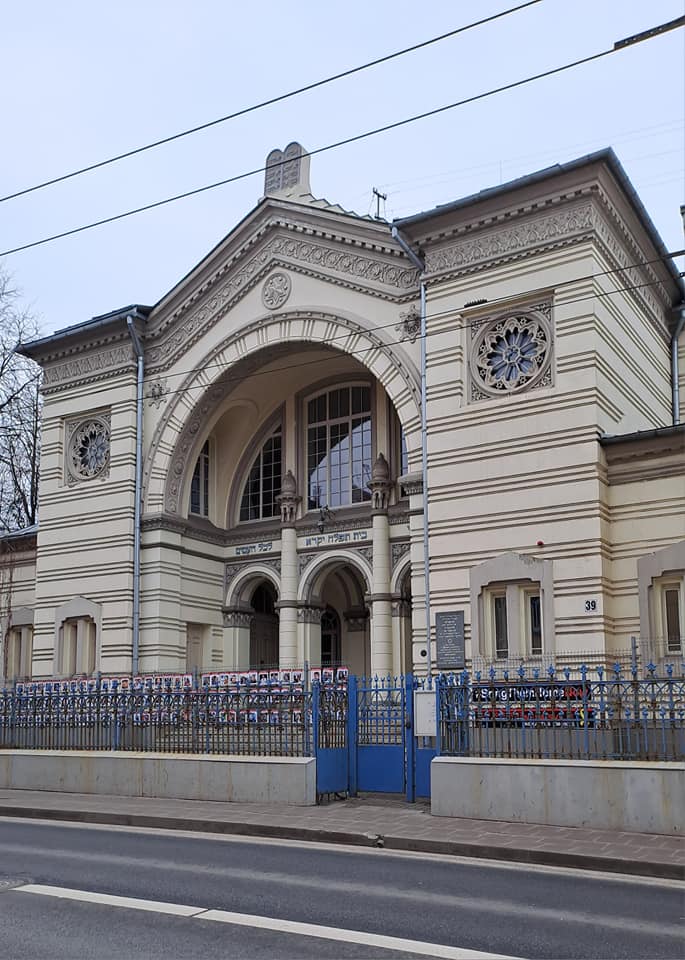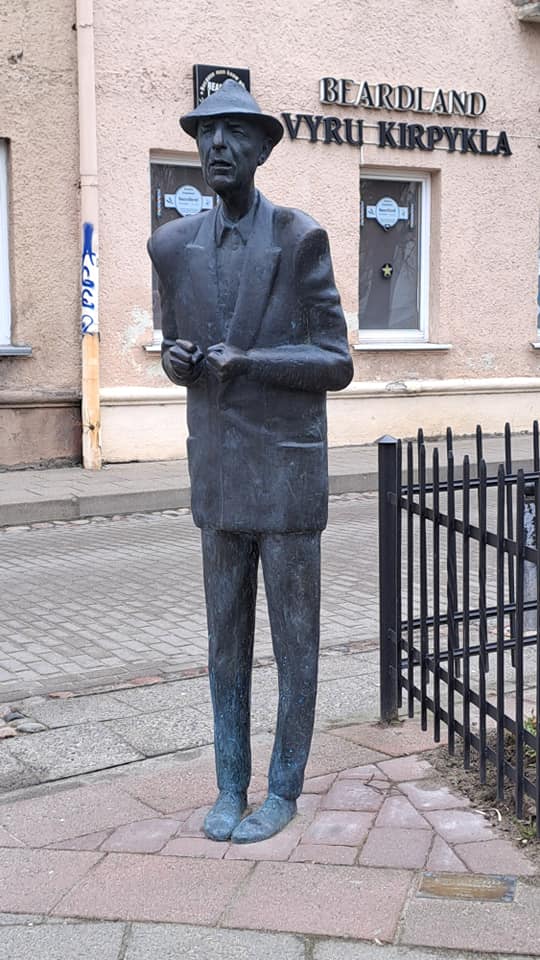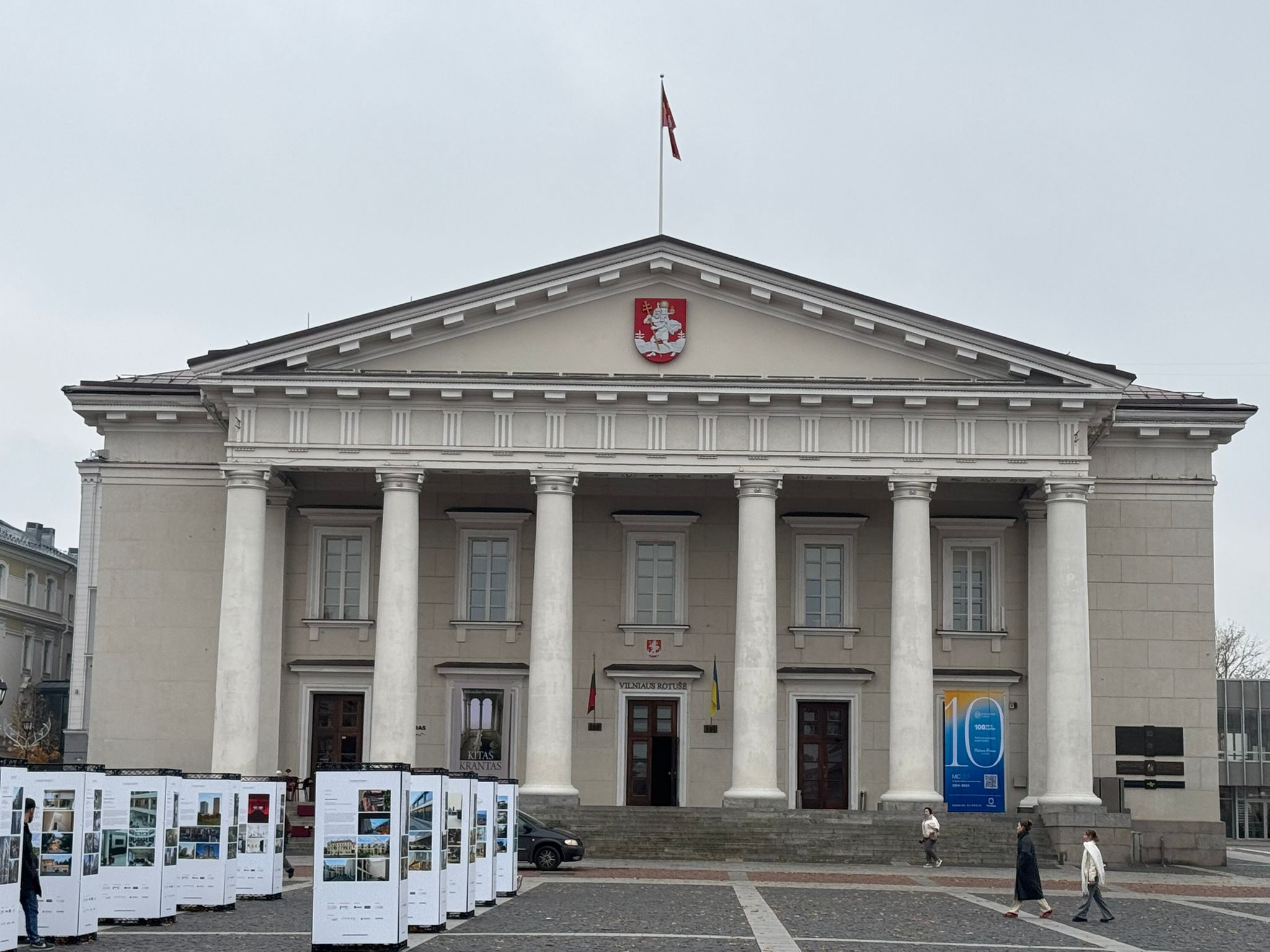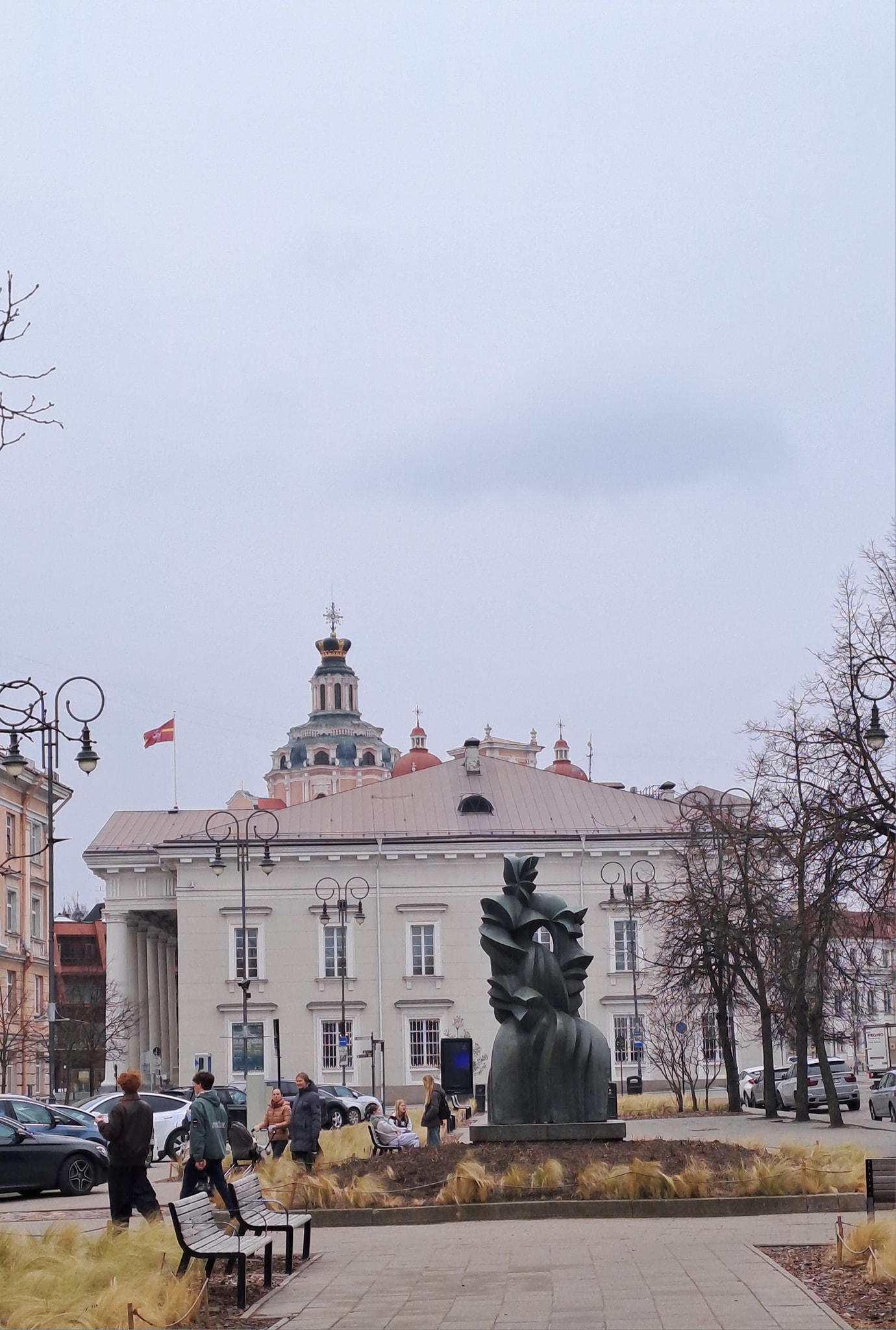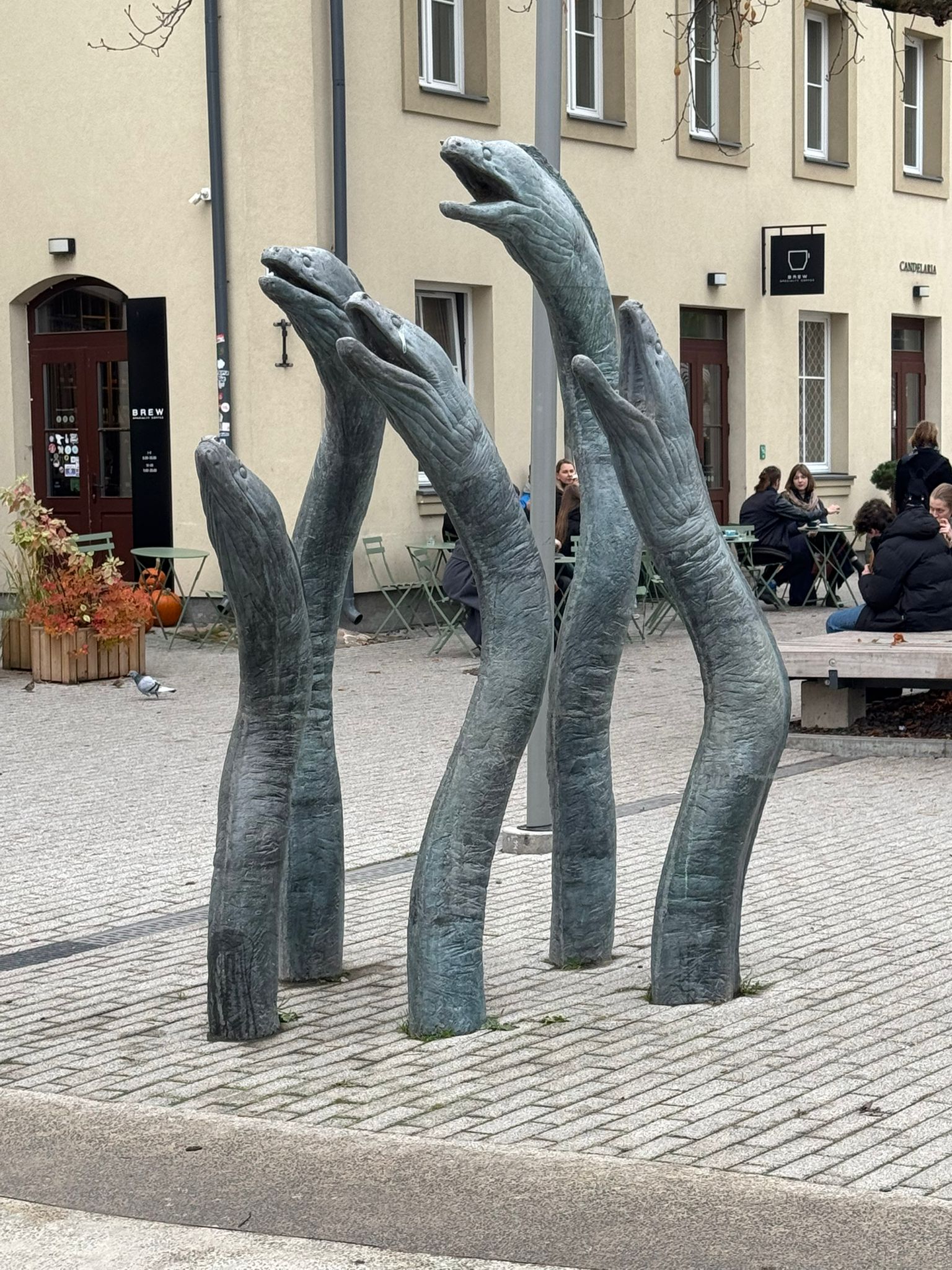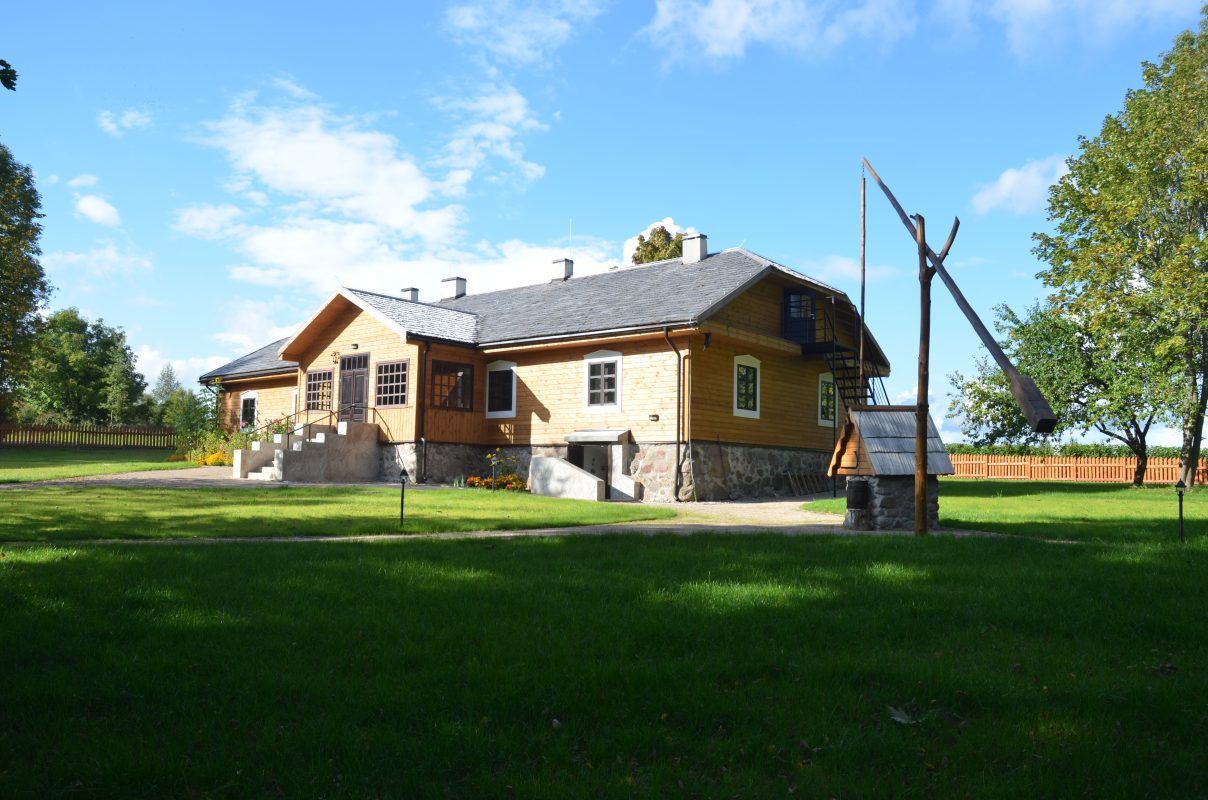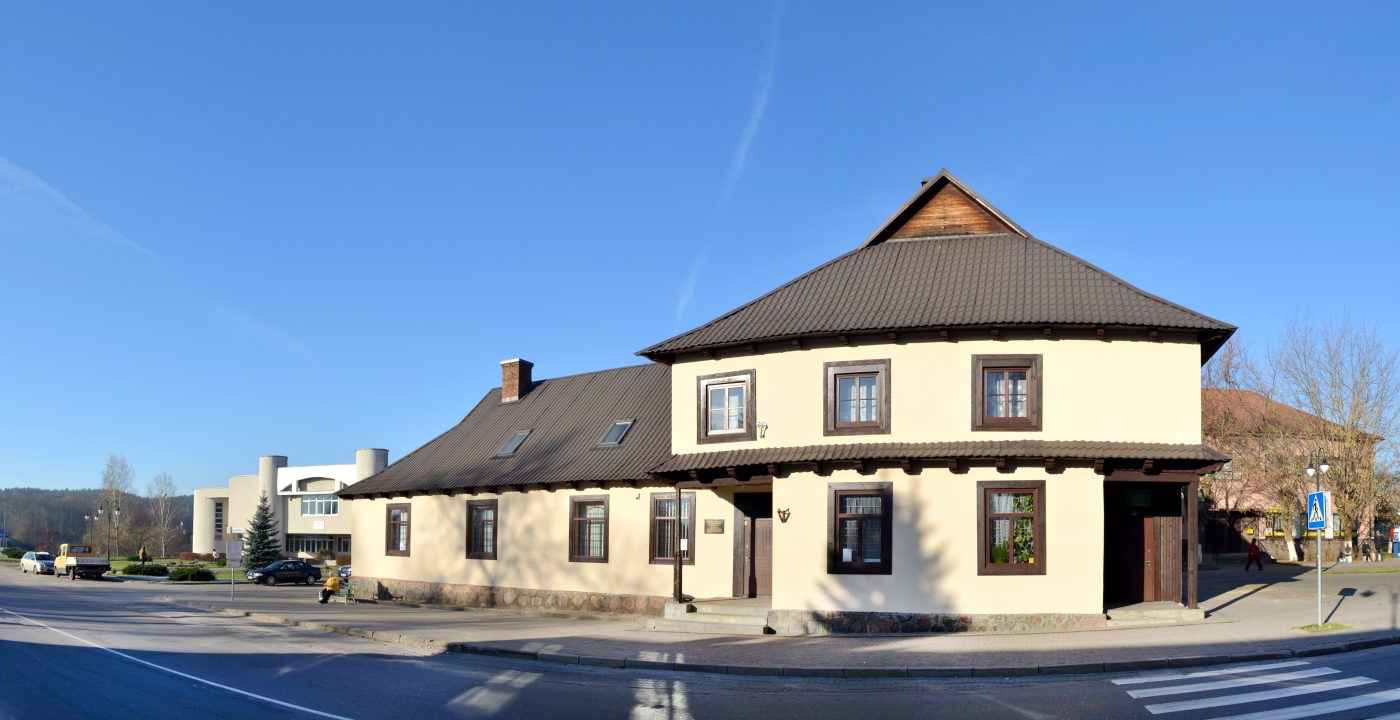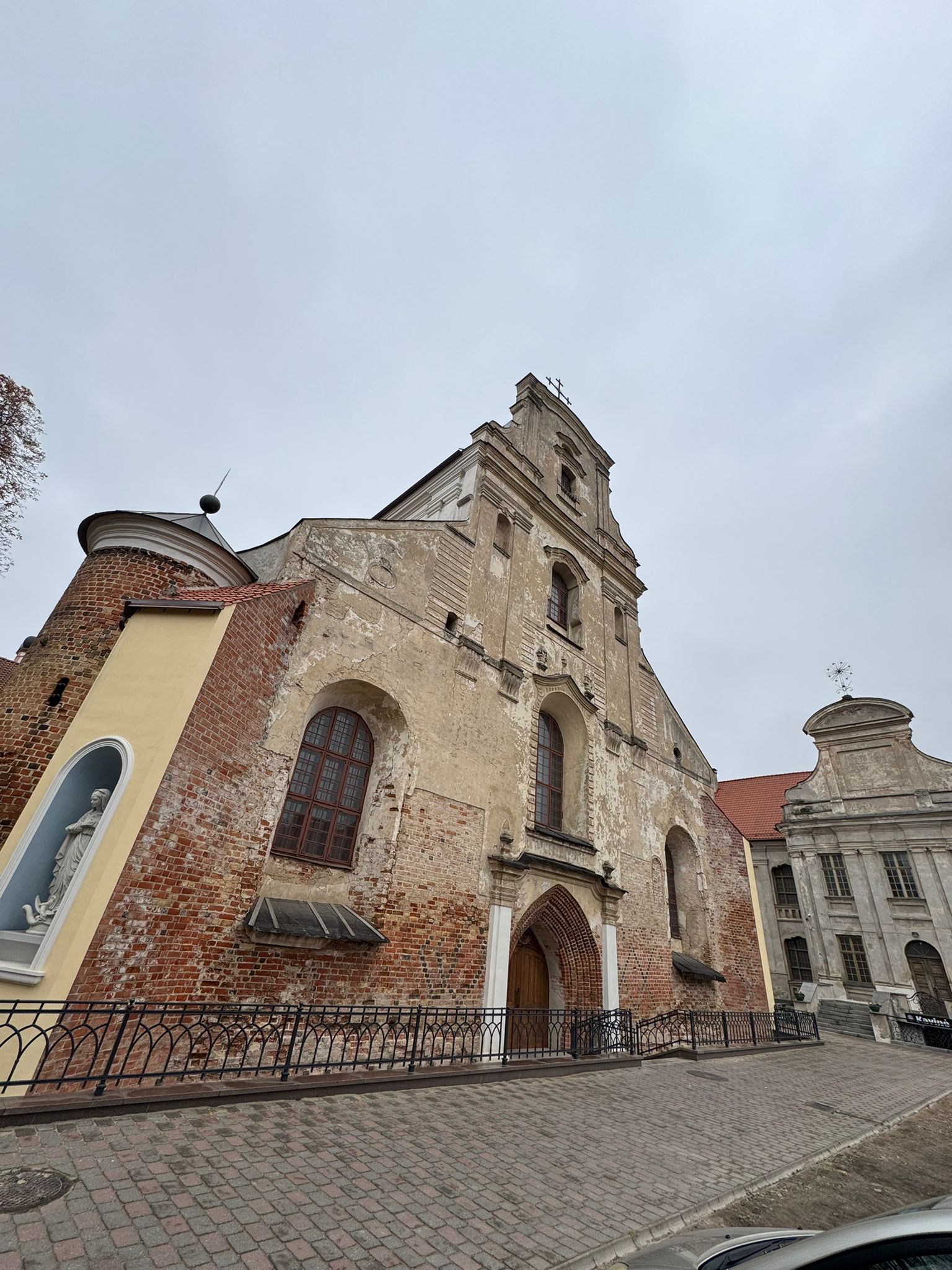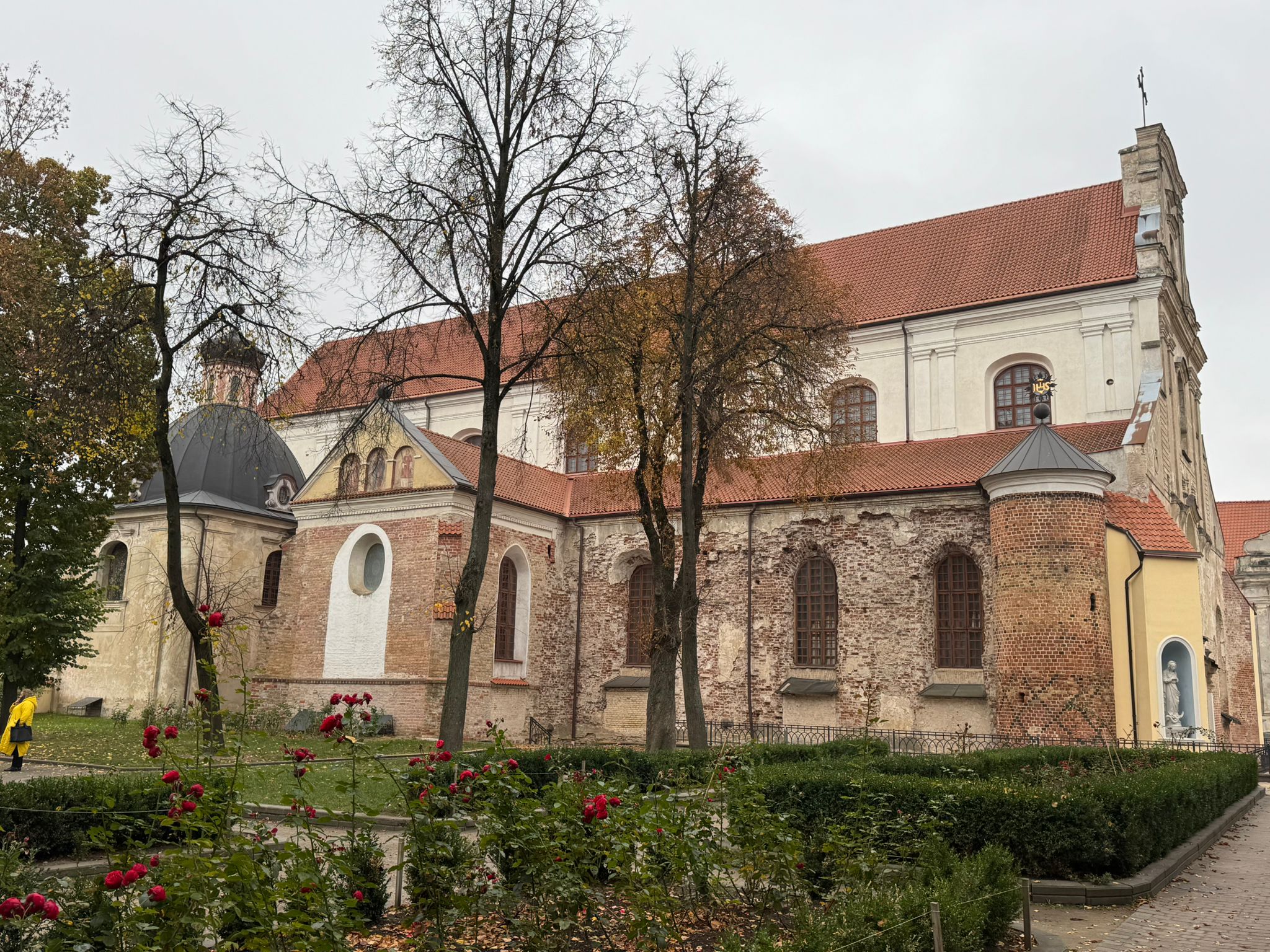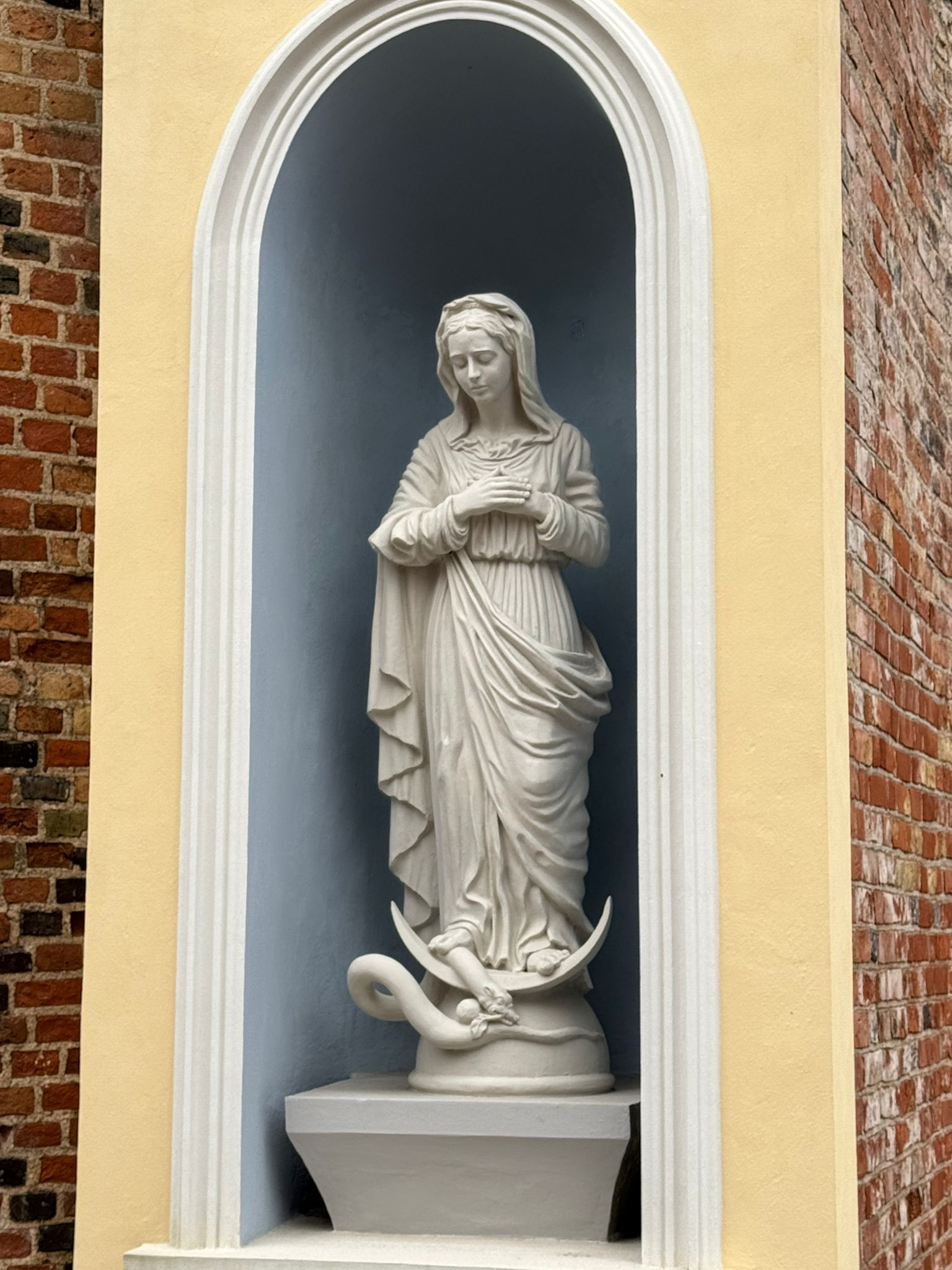Vilnius Church of the Assumption of the Blessed Virgin Mary

178

2

1
The Vilnius Church of the Assumption of the Blessed Virgin Mary, also known as the Franciscan Church, is one of the oldest buildings in the city. This Gothic sanctuary, located in Vilnius Old Town, later acquired Baroque features.
Since the 14th century, the church has undergone numerous transformations: in the 19th century, it served as a grain warehouse, and in the 20th century, as an archive. In 1998, the church was returned to the faithful and is now renowned for its miraculous White Madonna statue.
Info
-

Religious Heritage
-
Vilnius



Whats new?
Nearby attractions
Nearest museums
Nearest entertainment
Nearest food establishments translate this into LT

 Entertainment
Entertainment
 Food establishments
Food establishments





























 54.679451, 25.28071
54.679451, 25.28071
 Get directions
Get directions









